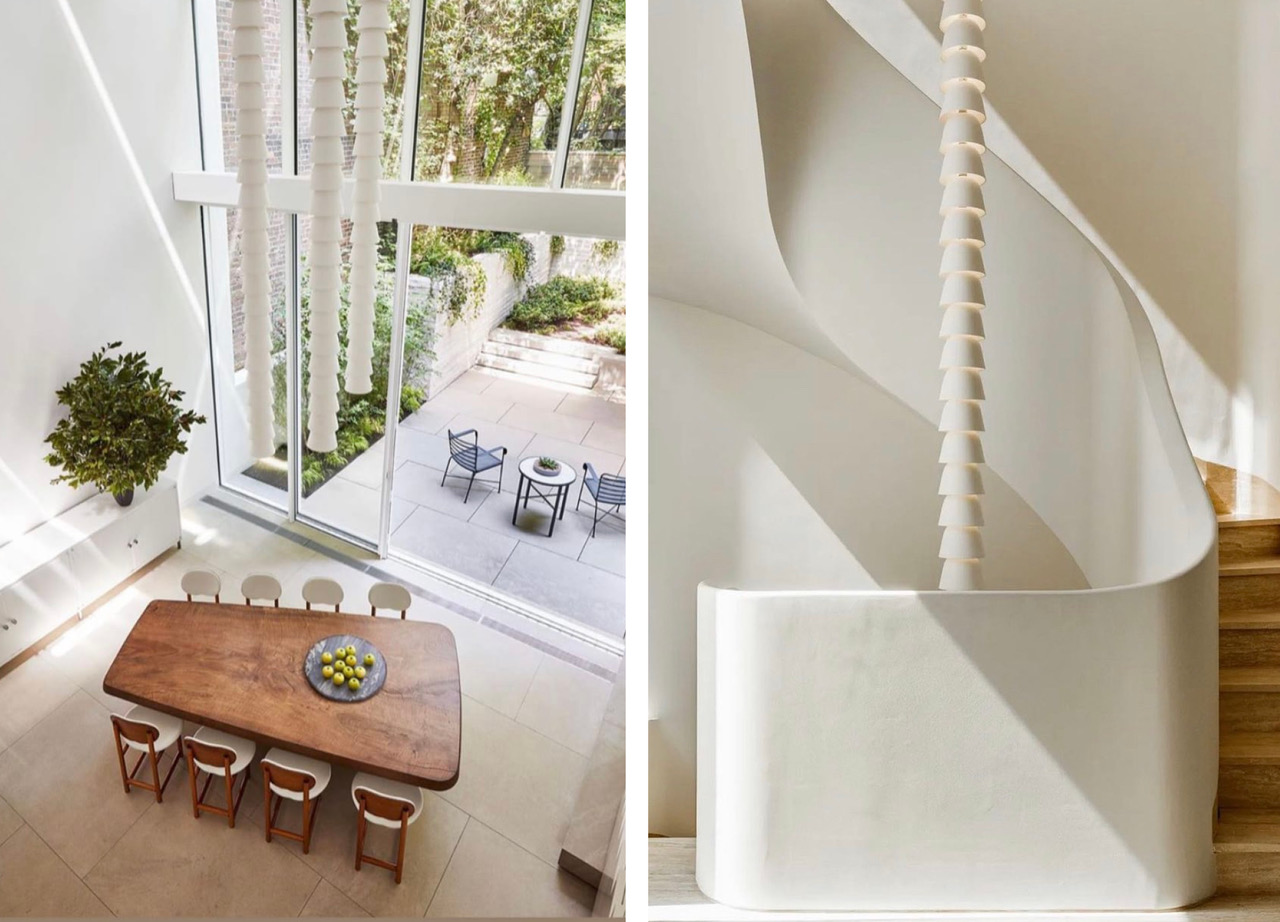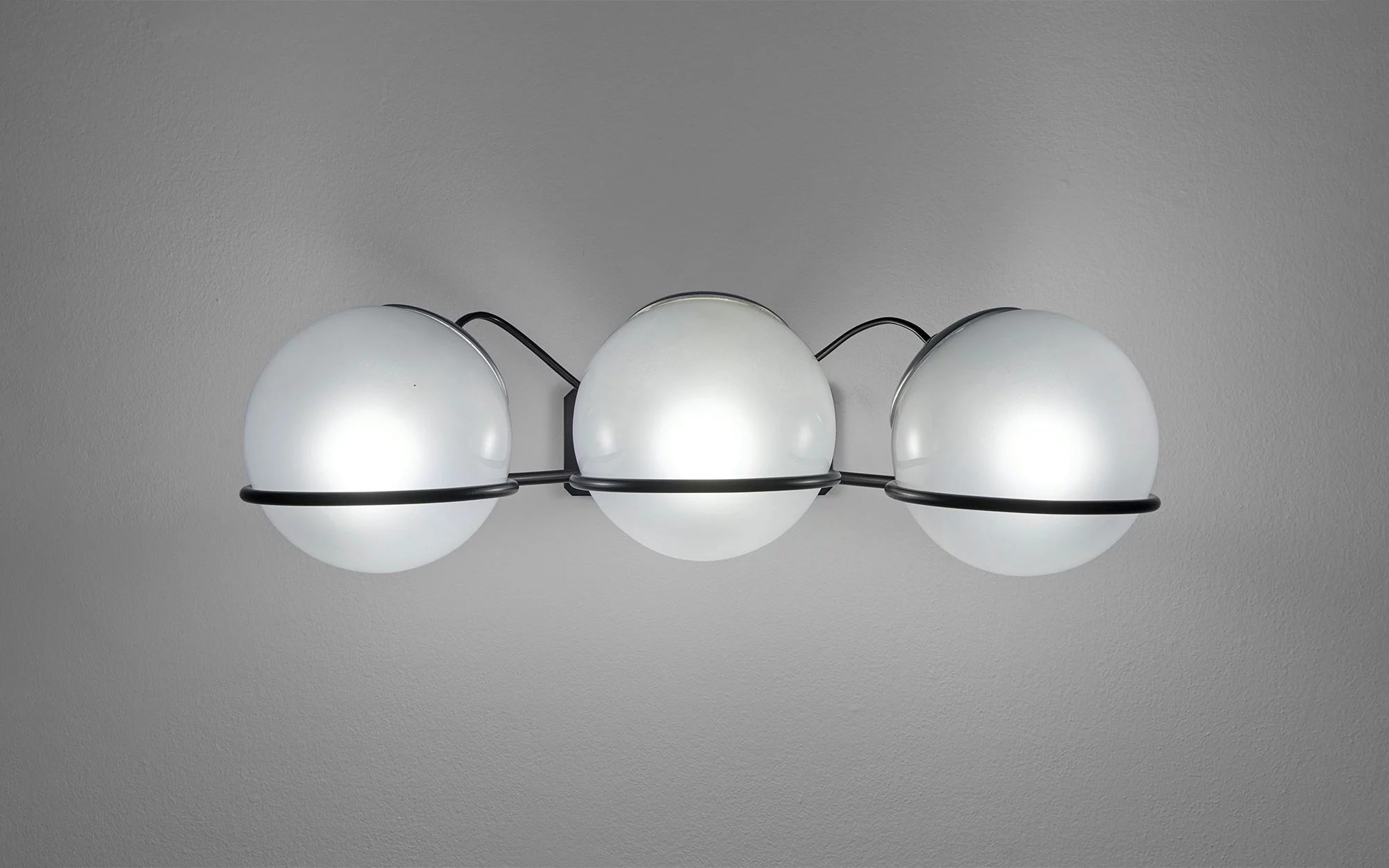Designing together
The long tradition of collaborative work in design
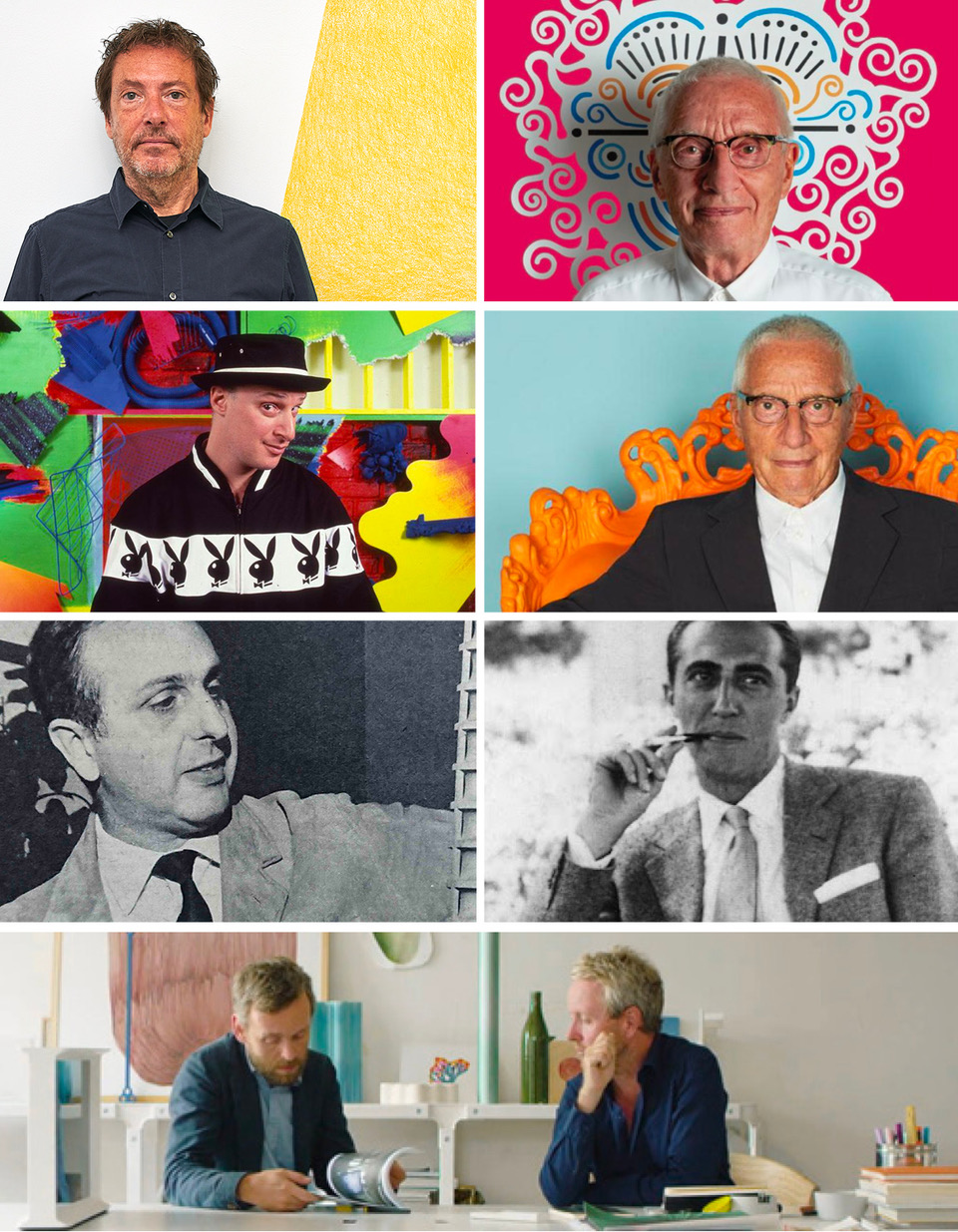
All'aperto bench Pierre Charpin x Alessandro Mendini

The 'All'aperto' bench, for example, combines a form by Pierre Charpin with a motif by Alessandro Mendini. These two designers, despite coming from different generations, had known and appreciated each other for a long time. There existed a personal and conceptual filiation between them, the work of the Italian master having greatly influenced that of the French designer.
The 'All'aperto' bench is made of mosaics, a material that was used for centuries in the design of Roman baths with Byzantine floors. Mendini was one of the first to bring the material back into fashion, namely on the occasion of his project to decorate the interior of the Groningen Museum in Holland. With Pierre Charpin, he used the material again, presenting it in the bright and colorful palette that Charpin has become known for. In its final form, the piece comes to life and echoes its name — as All'aperto means 'outside' in Italian, and thus posits as an invitation to step outdoors.
As Charpin mused, "simplification is undoubtedly one of the most important constants in my practice. To simplify is in a way to offer a suspension of meaning...to give greater freedom of movement.”
To simplify is in a way to offer a suspension of meaning...to give greater freedom of movement. - Pierre Charpin
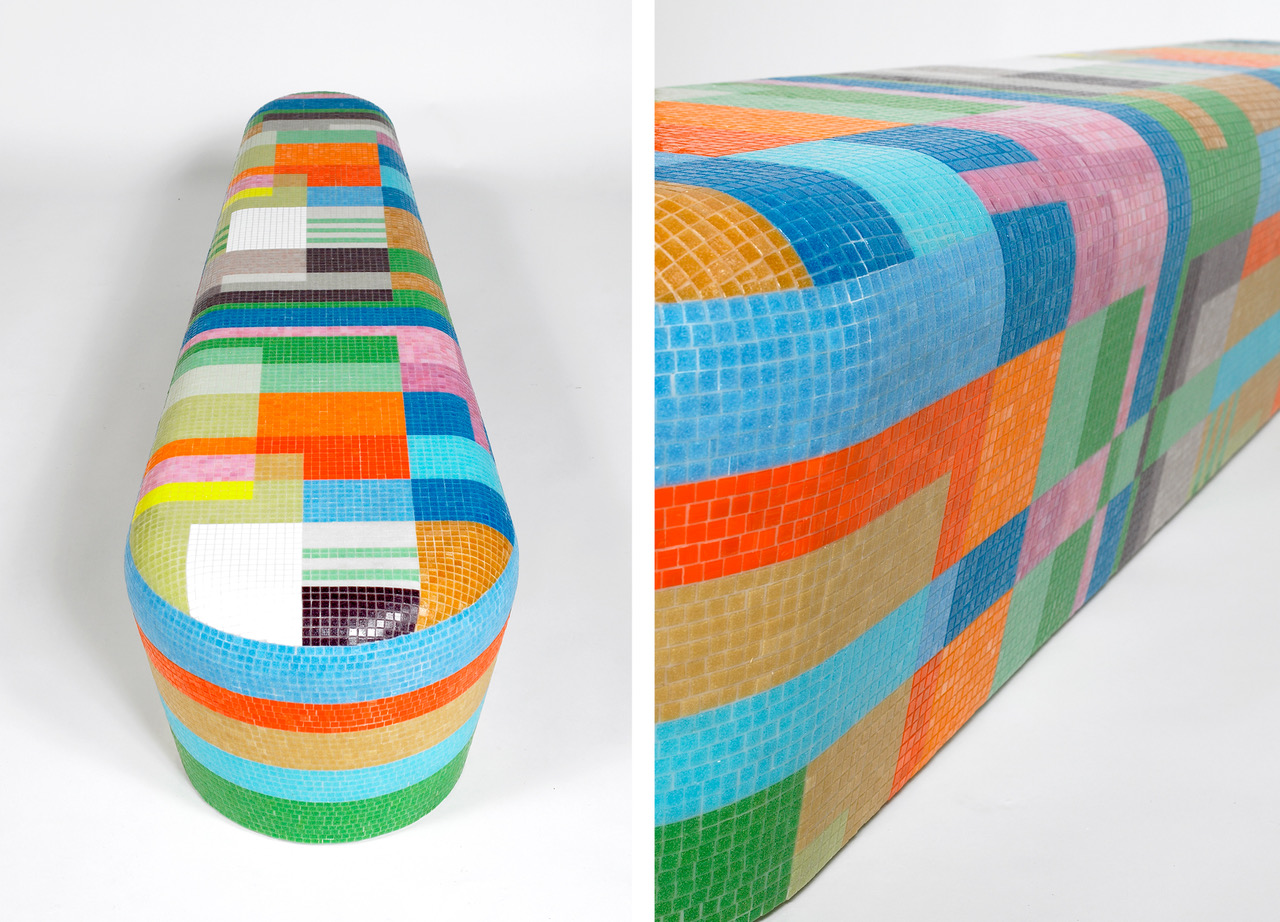
‘Let’s talk about titanium’ Dan Friedman x Alessandro Mendini
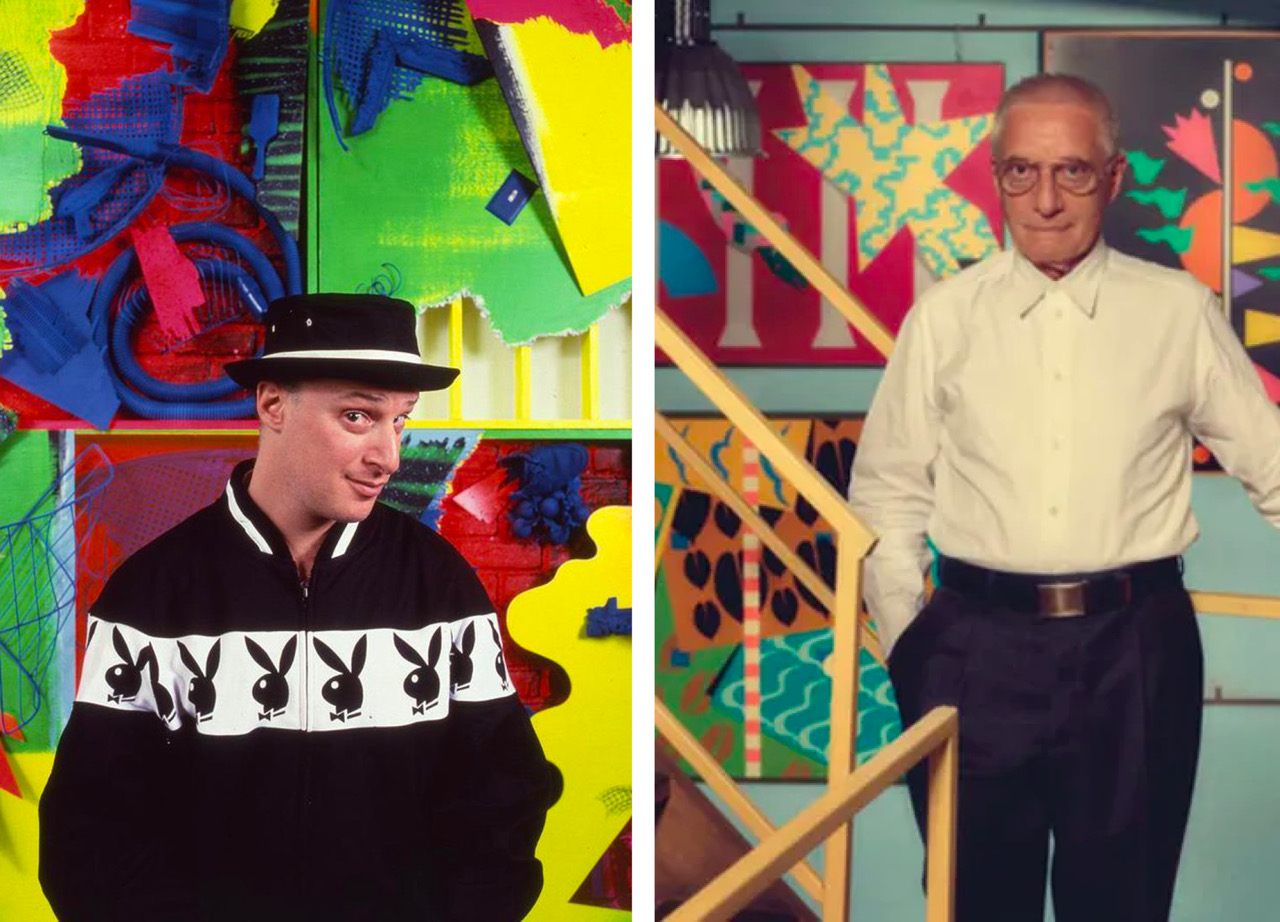
Mendini also collaborated on another project presented by Galerie kreo in 2001 entitled 'Let's talk about titanium', and conceived with the American artist Dan Friedman — undoubtedly one of the most important graphic designers of his generation, who created, amongst other things, the Aids logo and the graphic identity of City Bank. Together, the two designers created a collection based on Friedman's graphics, as well as an unusual material for furniture: titanium, mixed with lacquered metal, bronze, onyx stone...
The pieces bore furniture names but were more like esoteric altars, micro-architectures. "We talked about titanium and elemental volumes..., pictograms, water, silence and geometry," Mendini explained.
The project was developed between the two creators over a number of years but only came to fruition after Dan Friedman's death, on account of Mendini's determination and the gallery's enthusiasm.
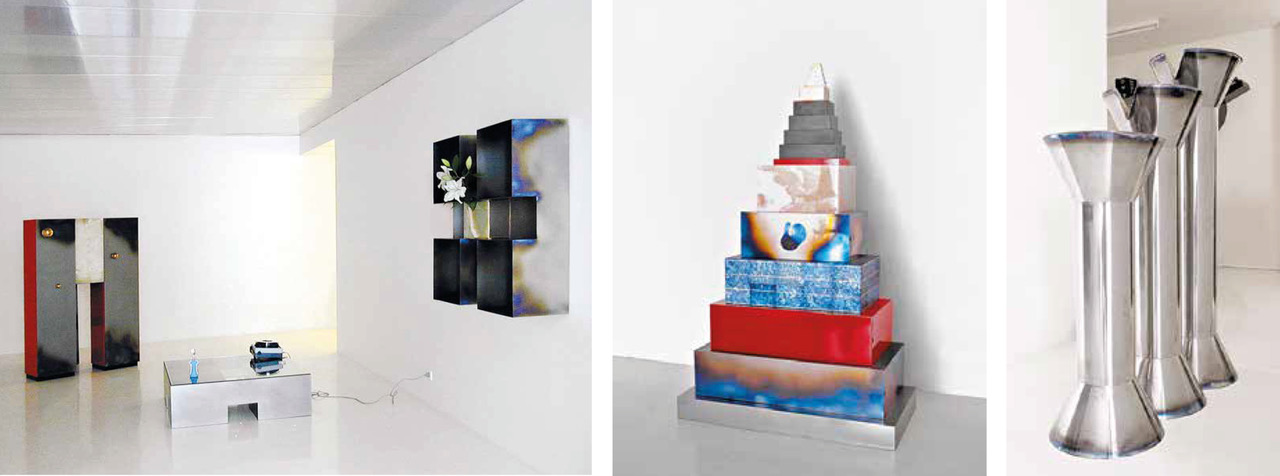
"We talked about titanium and elemental volumes..., pictograms, water, silence and geometry" - Alessandro Mendini
Life is a labyrinth, and so is my work. In this exhibition we find the same desire to confront very different materials, here industrial titanium and ancestral bronze. And the treatment of the surface of the objects. The decoration is a kind of literature placed on the object, to arouse emotions. It is also the first form of art. I like what impregnates the collective memory of the world, mixing popular art and elite art."
1049 floor lamp Vittoriano Vigano x Gino Sarfatti
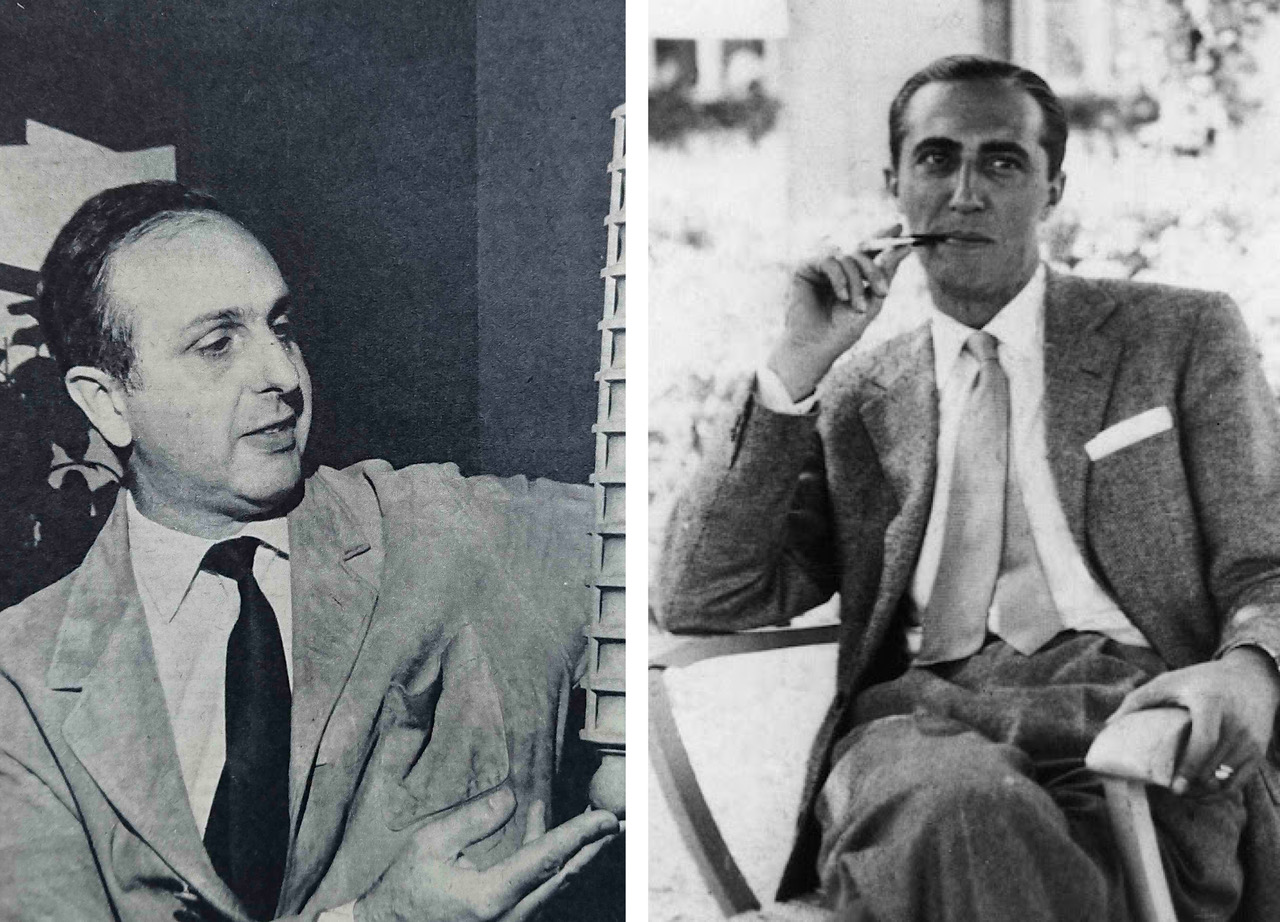

Vigano’s spatial vision was a perfect match for Sarfatti's functional approach to design.
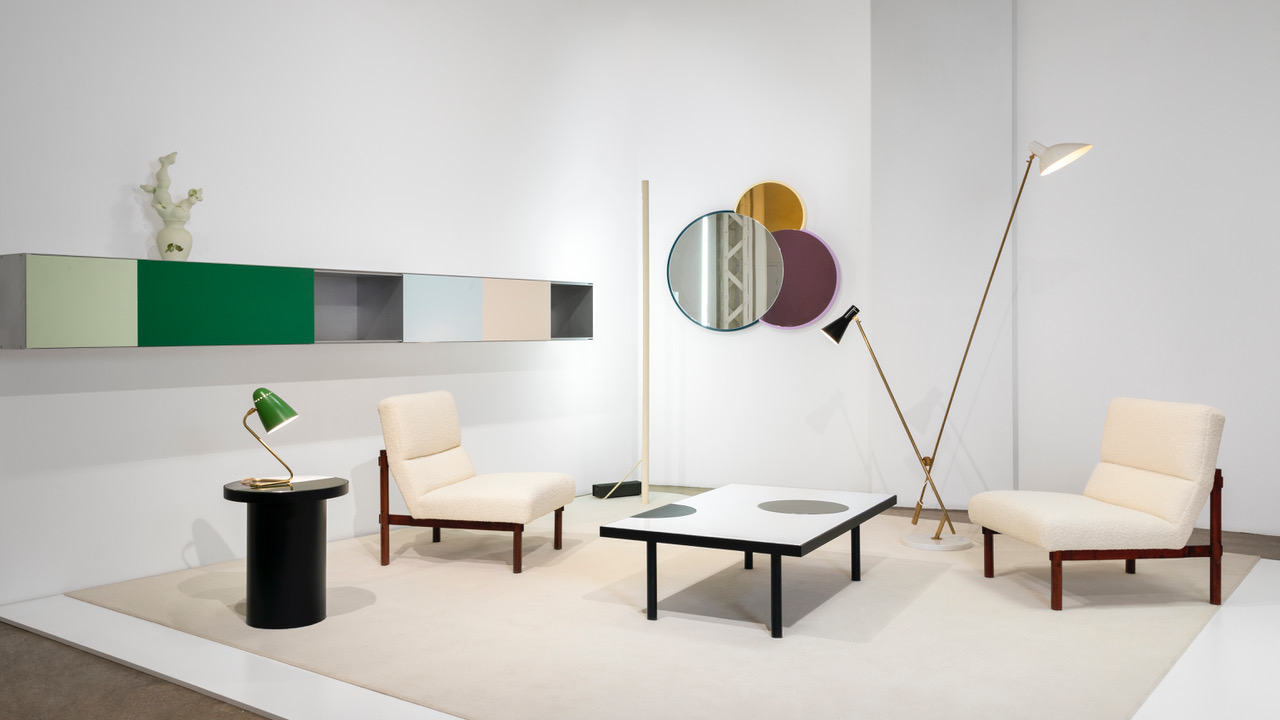
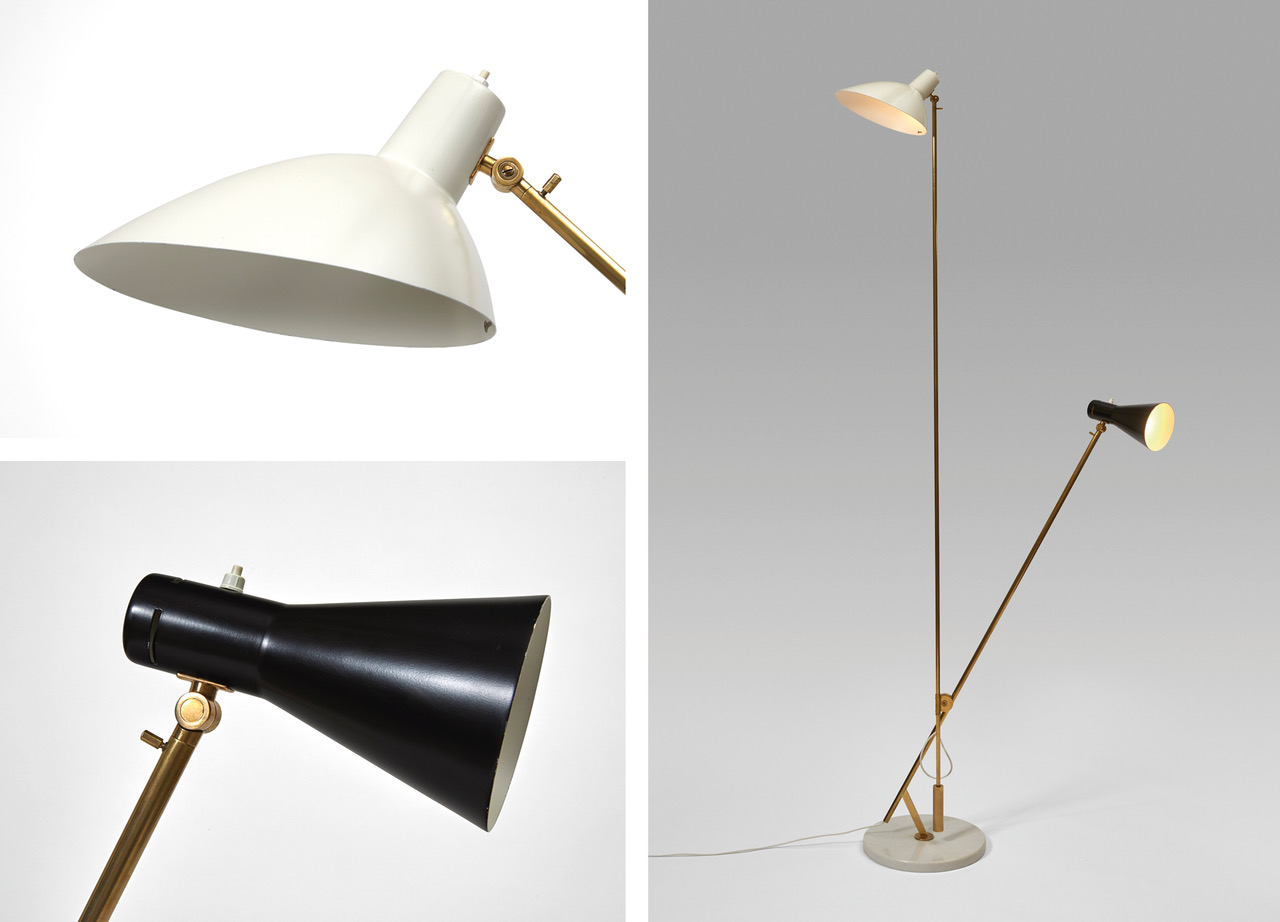
Chaînes Ronan & Erwan Bouroullec
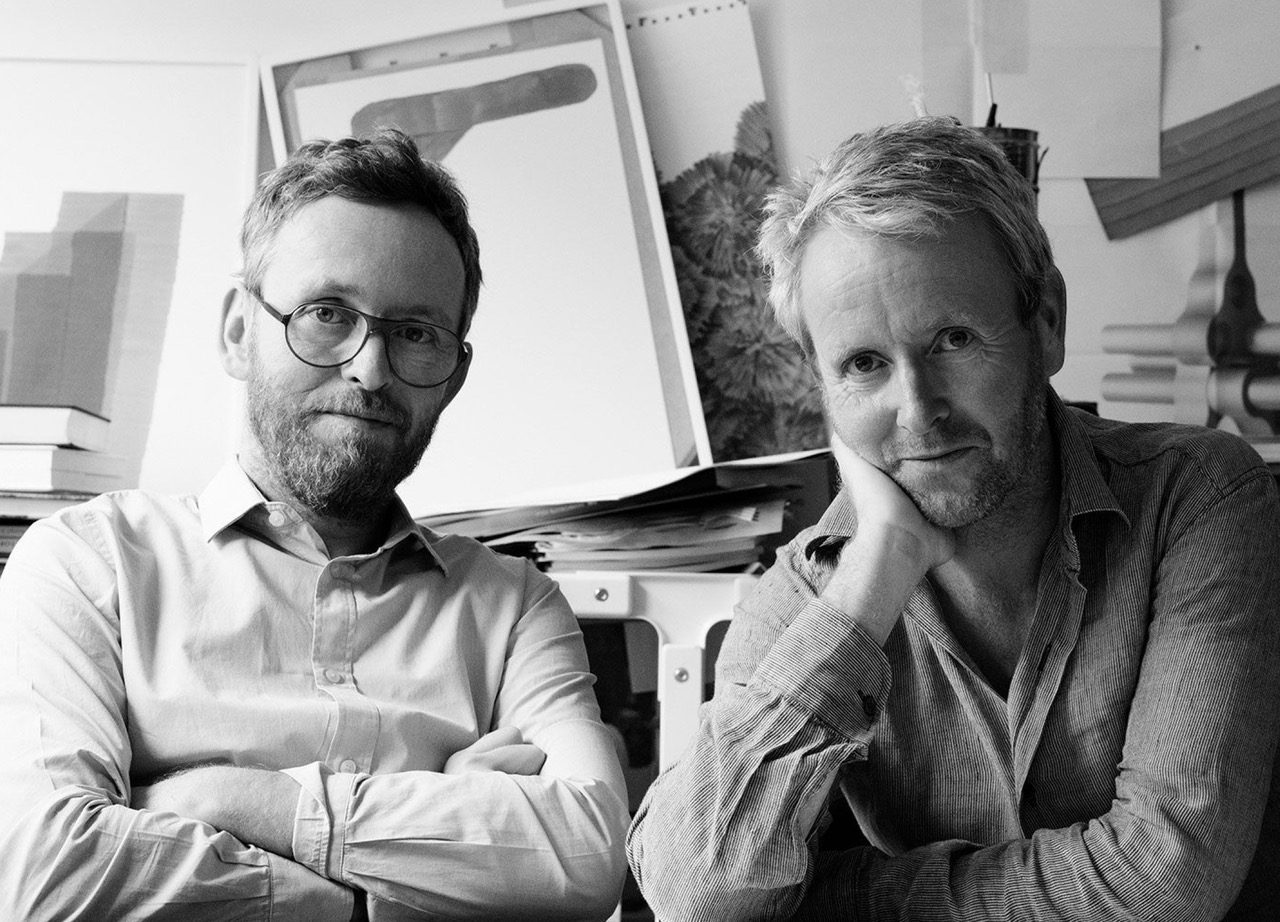
Finally, one of the gallery's leading duos, Ronan and Erwan Bouroullec, represents the contemporary epitome of collaborative design. The brothers have been working closely with Clémence and Didier Krzentowski for over 25 years, and since their first solo exhibition in 2001 at Galerie kreo, they have never ceased to amaze with their prowess and inventiveness. Their complementarity allows them to compose a universe of their own, as exemplified by one of their latest creations: the 'Chains'. These chains, made of immaculate white plaster, blue, green or champagne colored metal — as well as shiny red ceramic — are made up of elements in the form of small bells that link together endlessly. Their architectural and delicate presence defines the structure of the space they occupy.
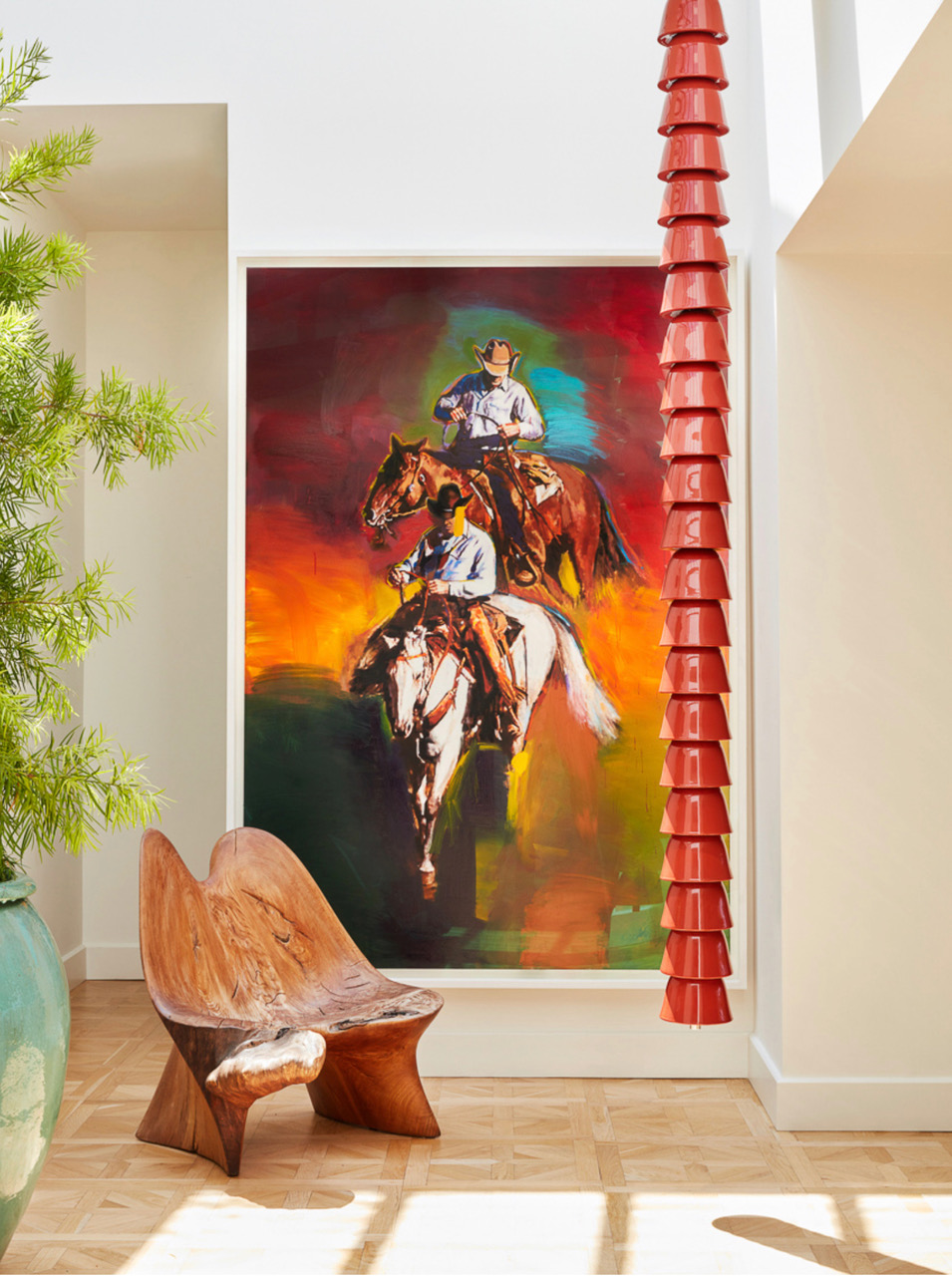
Their architectural and delicate presence defines the structure of the space they occupy.
